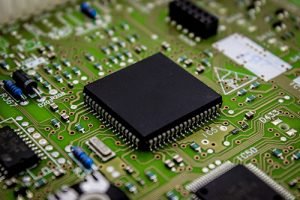While there is still an industry-wide push to develop and adopt fully automated “lights out” manufacturing systems, a significant portion of activities involving manufacturing still require human skills and dexterity. The use of virtual reality (VR) and augmented reality (AR) in manufacturing can help humans perform these tasks precisely and accurately.
Immersive technologies have transcended their origins, from works of fiction to the mainstream applications that now appear in the real world. The advent and proliferation of smartphones has accelerated the spread of these technologies among the general public. While capturing the attention of a global populace, they have also captured the interest of businesses that have taken full advantage of the fascination with immersive technologies. This has led to businesses developing immersive technologies in customer-centric applications, for example, the use of immersive technologies in digital marketing, i.e. virtual reality and augmented reality technologies, being increasingly adopted by large and small companies. But now, as the novelty begins to fade among consumers, businesses are starting to turn their attention internally and design applications of these technologies to improve their critical business operations. The application of technologies such as virtual reality and augmented reality in the manufacturing industry is an example of the shift of immersive technology from consumer-centric applications to employee and process-centric applications. Immersive technology has proven to be a natural choice for manufacturing processes due to its ability to enhance users’ visibility into processes and provide them with the right information at the right time, as demonstrated by the implementation of immersive technology by major manufacturers.



